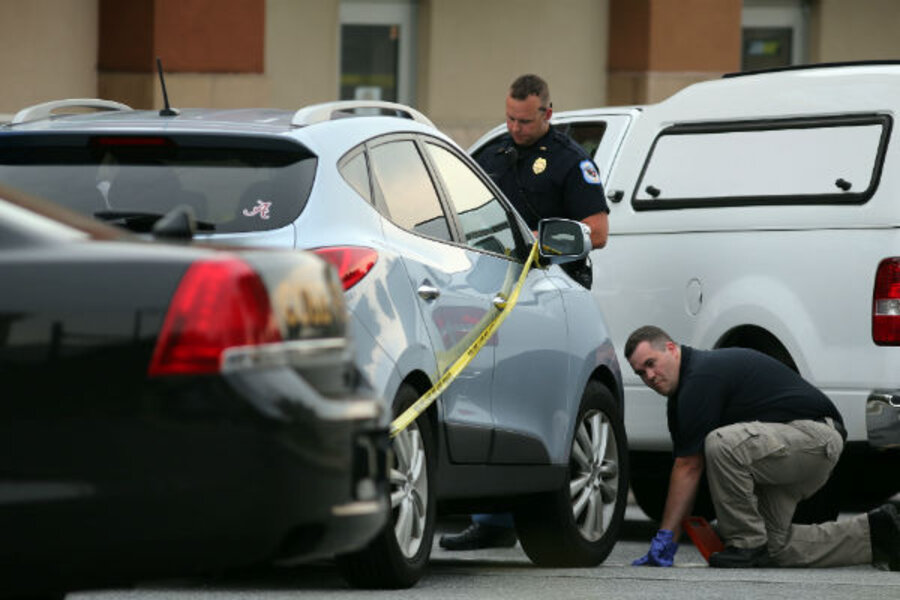Hot-car deaths of children: A shoe, a teddy bear, and other solutions
Loading...
Parents leaving children alone in a hot car, often with tragic consequences, have been making headlines this summer. On Tuesday, a 15-month-old-boy in Connecticut died after being left in a hot car, and a Georgia father is facing murder charges in the death of his 22-month son after leaving him unattended in a hot car in June.
For some, the idea of forgetting a child inside the car seems "totally idiotic," to quote one of the less harsh descriptions being left in the comment sections of these news stories. But there's a sad irony at work too. There's evidence that suggests an annual rise in the number of hot car deaths is due in part to new safety standards.
In a recent ABC news report, the safety group kidsandcars.org pointed to updated federal safety regulations as a partial cause for more kids being forgotten in the back seat.
“In 1990, about five children a year died from heat stroke after being left alone in a vehicle, according to the group. But by 1995 – about five years after front seat airbags became standard, sending kids to the backseat – the number had risen to 25,” reports ABC news..
According to the kidsandcars.org web site, the number of heat stroke-related deaths was 44 in 2013.
And for those kids who don’t die in cars, there may still be serious consequences for parents who leave their children alone in vehicles. In June, Salon.com published an article about one mother's split-second decision to leave her young son in the car, and the criminal case brought against her because another parent reported her to authorities (in this instance, it was a cool, cloudy day, no heat risk involved).
These stories can give parents pause – and prompt them to search for solutions. According to some sources, about half of all hot-car child deaths are the result of parents (often the parent who doesn't usually transport the child to day care or shopping) forgetting the child is in the car.
The National Highway Traffic Safety Administration and Safe Kids Worldwide recommend that parents never leave children unattended in a car, even for a minute. They also suggest that parents place a reminder for themselves inside the car to prompt them to check the back seat. Finally, parents should teach children to not play inside cars.
One tip for getting parents to check the back seat: Parents take off your left shoe and leave it next to the baby. Reported by NPR and others this past week, this advice comes from several safety groups, and parents who have lost children. Of course, this tip assumes that the absent-minded parent will realize their shoe is missing once they leave the car and remember to check the backseat.
Another tip for remembering a toddler in the backseat comes from SaferCar.gov: Bring a teddy bear. When a child is in the backseat, put the teddy bear in the passenger’s seat as a reminder to retrieve him or her before getting out of the vehicle. When a child isn’t present, put the teddy bear in the backseat. The site offers more helpful tips for parents and other caregivers.
Finally, another idea to help parents remember their children was created by another child in 2013. The “E-Z Baby Saver” device was invented by 11-year old Andrew Pelham of Nashville, Tenn. When he found out that dozens of kids die each year after being forgotten in hot cars, he invented a device that hooks from the driver’s door to the back door of the car, creating a brightly colored belt of rubber bands that stretch across the driver's door of the car that reminds parents to check the back seat before leaving the vehicle.
In an interview about the device he said, “I'm hoping if I can save one life with my invention, I can say that my invention was successful.”








